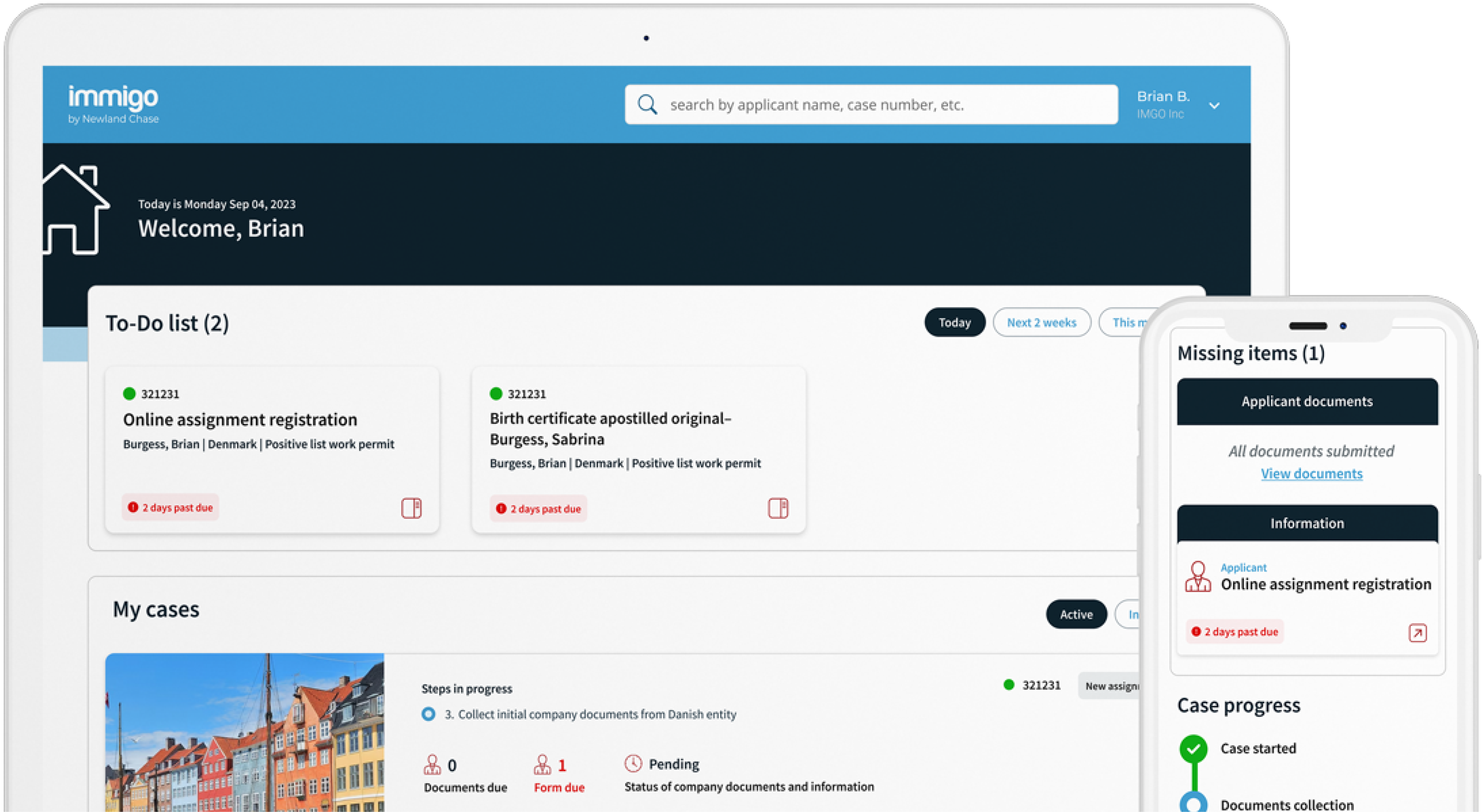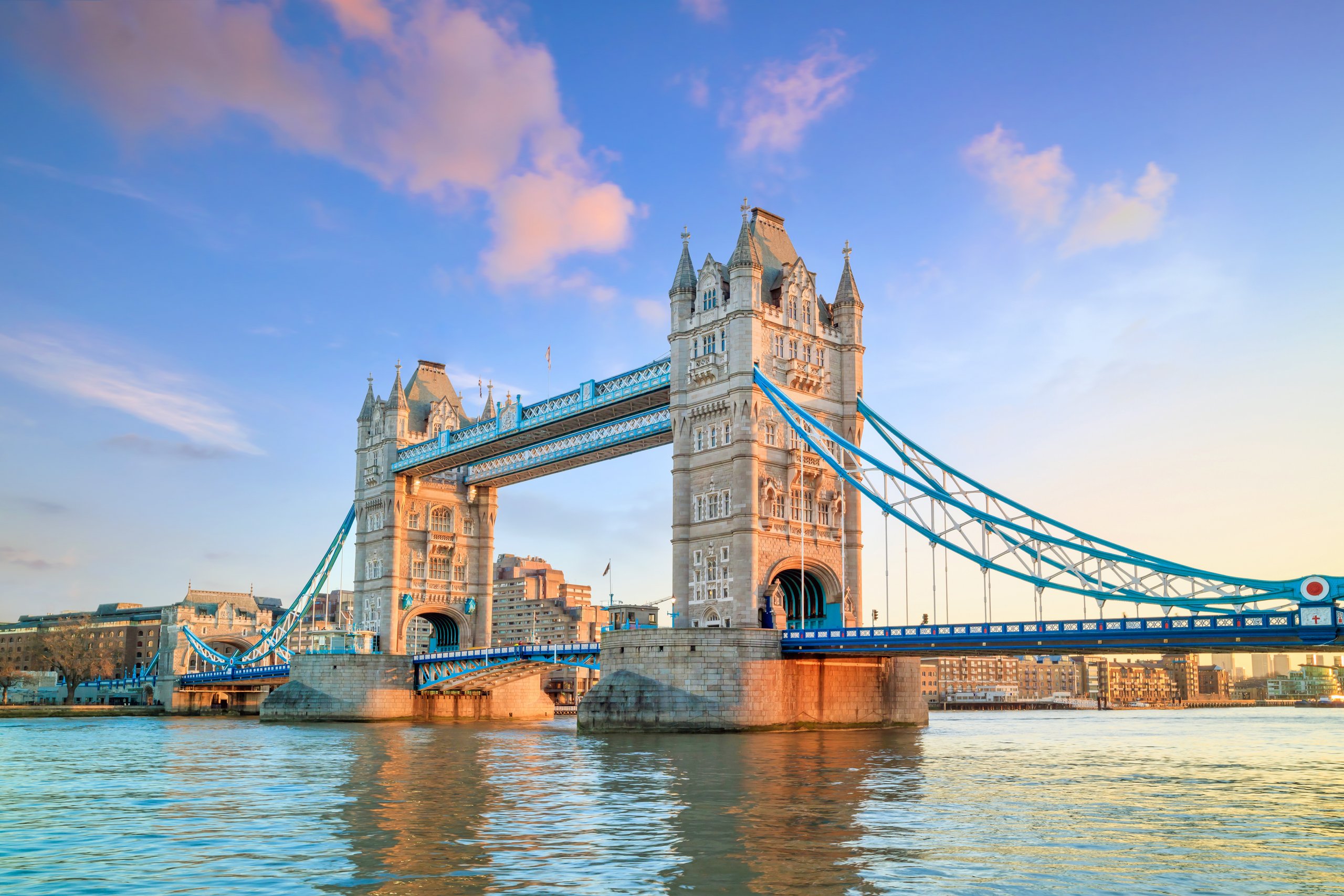Get The Visibility Your Company Needs
Reduce compliance risks and mobility costs while managing individual and project-related travel with ImmiSMART: the solution that unifies your travel and mobility programs.
BREXIT: UK Government Modifies Rules for EU Citizens Arriving After No-Deal Brexit [UPDATED 5 Sep 2019]
September 5, 2019
[UPDATE 5 Sep 2019] On 4 September 2019, the Home Office published a new policy paper detailing its modified transitional arrangements for EU citizens arriving in the UK after a no-deal Brexit. According to this policy paper, EU citizens and their family members will be able to move to the UK and live, study and work “as they do now” during the transitional period until 31 December 2020. Under the previous proposals, they would only be able to stay for three months at a time during this period.
[UPDATE 2 Sep 2019] On 1 September 2019, the media reported that the Home Office has abandoned its plans to curtail the transitional arrangements for EU citizens arriving in the UK after a potential no-deal Brexit on 31 October 2019, following warnings from lawyers that the move risked losing a legal challenge.Background – EU Temporary Leave to Remain
On 28 January 2019, the UK Home Office published a policy paper outlining its proposals for temporary, transitional arrangements for EU citizens arriving in the UK after a no-deal Brexit, until 31 December 2020, when a new immigration system would come online.
According to the proposals, during this period EU citizens coming for short visits would be able to enter the UK visa-free and stay, work and study for up to three months from each entry. Those wishing to stay longer than three months would need to apply for temporary leave to remain, valid for up to three years, including permission to work and study. Those wishing to stay even longer would need to apply again under the future immigration system, once implemented.
Recent Developments
Home Office officials recently briefed the government that this plan would be impossible to enforce, as government and employers would be unable to distinguish new arrivals from those already resident in the UK. Their paper proposed that free movement should therefore continue until the new immigration system was ready in January 2021, to provide more certainty to EU citizens and employers.
The Home Office then stated that both these options have been rejected by the government, and that the new home secretary is working on an alternative plan for ending freedom of movement immediately after 31 October 2019, the day that the UK is scheduled to leave the EU without a ratified withdrawal deal.
On 19 August 2019, a Home Office factsheet was published confirming that “details of other changes immediately after 31 October and improvements to the previous government’s plans for a new immigration system are being developed and the government will set out its plans shortly.”
Another government source later suggested that the new plan may largely resemble the January proposal because of the lack of time left before Brexit day.
Future Immigration Policy
In December 2018, the previous government published an immigration white paper on its proposed future skills-based immigration system, designed to replace freedom of movement for EU citizens after Brexit. According to the proposal, EU (and EFTA) workers will be treated the same as non-European nationals under the existing points-based system, but with some amendments to the system following most of the recommendations of the Migration Advisory Committee (MAC) earlier in 2018.
The proposed changes for skilled workers include:
- Scrapping the overall cap on the number of visas for skilled workers that can be issued (currently imposed on the Tier 2 (General) category);
- Lowering the skills threshold to include RQF levels 3-5 (A level or equivalent);
- Abolishing the resident labour market test for skilled workers;
- Making the sponsorship system as “straightforward and light-touch as possible”.
The MAC also proposed maintaining the minimum salary of £30,000 for Tier 2 (General) migrants, subject to certain exemptions, and extending it to workers from EU countries. There has been criticism of this threshold by businesses and others who fear staff shortages.
The government then commissioned the Migration Advisory Committee to review the minimum salary threshold in respect of skilled workers.
The Home Secretary has asked the Migration Advisory Committee (MAC) to conduct a review of the Australian immigration system and similar points-based systems as a potential model for the future UK immigration system.
Meanwhile, the PM has instructed the Home Office and the Department for Business, Energy and Industrial Strategy to work with the scientific community to develop a new, expanded, fast-track version of the existing Tier 1 (Exceptional Talent) visa route for elite researchers and specialists in science, engineering and technology.
Conclusions
While the Home Office is consulting stakeholders about the previous government’s recent proposals for a post-Brexit immigration system, the new government is already indicating its own distinctive immigration priorities.
The government has not yet introduced the immigration bill into Parliament, for fear that anti-Brexit MPs may table amendments to block a no-deal Brexit.
Meanwhile, time is running out to implement transitional measures for EU nationals arriving after a 31 October no-deal Brexit, and to provide EU citizens and their families and employers with some certainty.
Without interim arrangements, it is unclear how EU citizens will be legally able to enter the UK for longer than three months, and how officials and employers will be able to distinguish between EU citizens resident in the UK before Brexit (less than a third of whom have so far obtained settled status) and new arrivals.
Our Advice
Current UK sponsors should ensure they are fulfilling their compliance obligations under existing UK immigration rules.
Employers concerned about UK immigration rules post Brexit are encouraged to contact their Newland Chase specialist for case-specific advice.
For general advice and information on immigration and business travel to the UK or any EU member state, please contact us.




